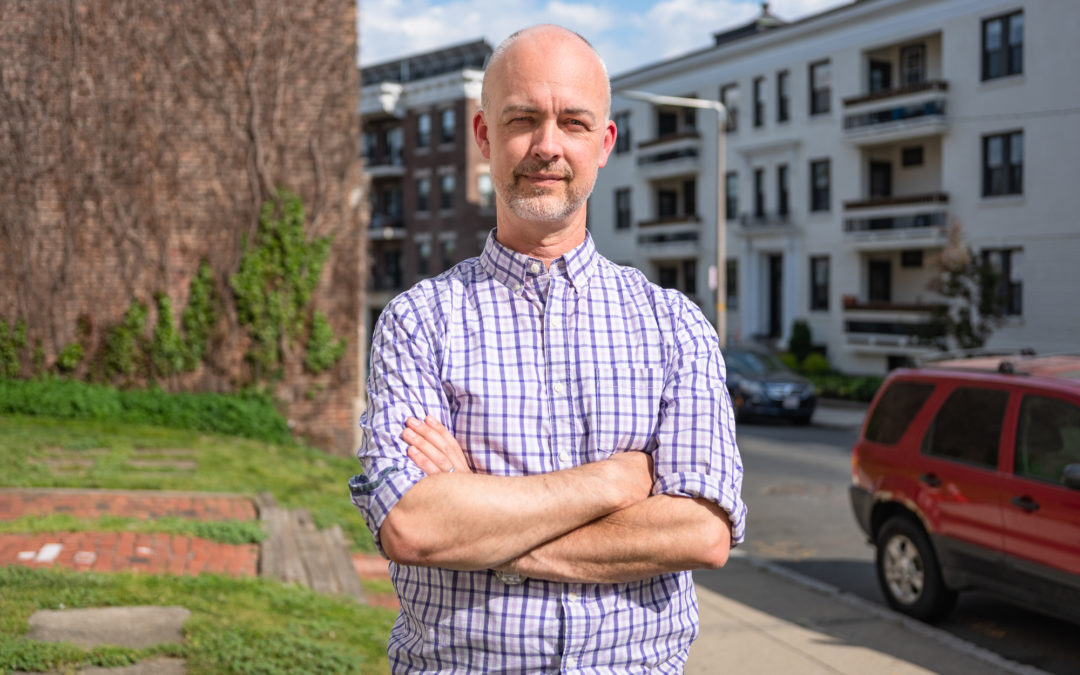On affordable housing & the climate crisis: Affordability and zero-carbon housing are key aspects to help communities not only adapt to the climate crisis, but thrive in the years ahead. When homes are affordable, that means that people can live closer to where they work, where they shop for food, where their children go to school, and where they spend their free time. There are simply fewer greenhouse gas emissions when the places of people’s day-to-day lives are nearby, so affordability is foundational. In addition, we know that a huge amount of our city’s greenhouse gas emissions come from residences – a full 70% of all emissions come from buildings (this included commercial and industrial). This means that all housing – new and existing – must have full-electric systems, and that electricity must be generated from renewable sources – not from the burning of fossil fuels. We must ensure that these two key aspects of housing – affordability and resilience – are connected.
What’s your relationship to Allston-Brighton? I’ve lived in Brighton for over 20 years, first in the Oak Square neighborhood, and most recently in the Cleveland Circle area. I work about two miles away, so a lot of my life is spent in and around Allston-Brighton! Three years ago I co-found the Allston-Brighton node of 350 Mass, a statewide network of activists fighting for climate justice. In that time, I’ve helped organize residents of A-B to join the climate movement, and I’ve made connections with other organizers, community activists, and community leaders who are struggling to make Allston-Brighton a better place.
How has Allston-Brighton changed over the years? The amount of new housing is the biggest difference that I’ve noticed, and that’s mostly happened in the past few years. Unfortunately, the vast majority of that housing is not affordable to the people who live in Allston-Brighton, so is not the kind of residential development we need. I’ve also seen an increase in multi-modal transit. There are many more bike lanes and dedicated bus routes. There is a new commuter rail station, with West Station hopefully on the near horizon.
What is Allston-Brighton’s biggest challenge with affordable housing? There isn’t any! Even when developers increase by a few percentage points the amount of affordable units they are required to construct, this still results in the cast majority of units being out of reach for the people who need them most. In addition, the median income range that affordability is based on is skewed by nearby, wealthier areas, so that what’s technically “affordable” in the eyes of developers and city planners, is really woefully unaffordable to the working families in Allston-Brighton.
What would/does an affordable home mean for you? An affordable home means that I’m spending about 25-30% of my income on housing. Most importantly, this allows me to save money for emergencies that might otherwise create a financial crisis for me. Too many people live paycheck to paycheck, and too close to the edge of a financial cliff. Affordability also means that people can have more choice about where they live, especially when it’s near transit corridors that make a commute to work shorter and less dependent on cars. Affordability also means that people have the opportunities to save money for buying a home, probably the most important way that families accumulate wealth.
How would your opportunities/quality of life change if you didn’t have to worry about rent going up? It allows you to plan, and it relieves you of the anxiety that you might not be able to afford where you live. It gives you control over your life, and that is an incredibly important part of living in a just community.

